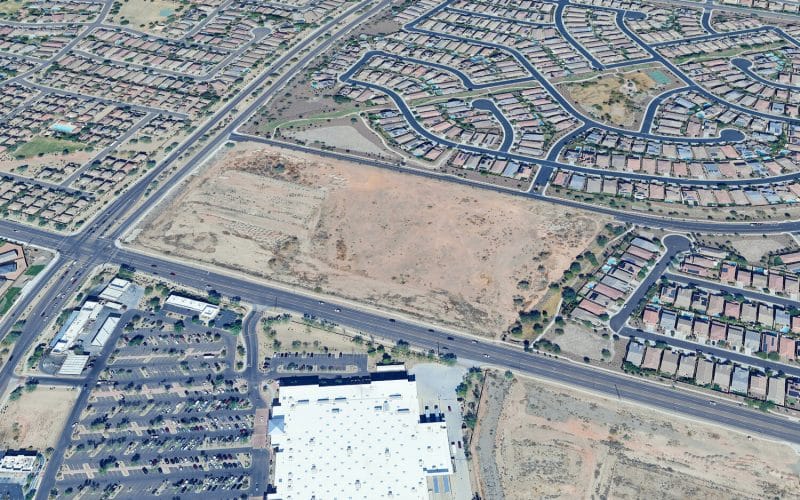Shanghai skyline
By Dan Wang
(This piece is my year in review; here’s my letter from 2020)
I’ve by now lived in each of China’s main megaregions. It is time to make assessments.
Everything that can go wrong in urban design has gone wrong in Beijing. The climate is arid and prone to northerly sandstorms. Its streets are unwalkable, but a stroll would reveal that its imperial heritage, made up of alley houses called hutongs, is slowly being taken over by its socialist heritage, made up of gray Soviet blocks that tower over all. Beijing is therefore a desert steppe city with Stalinist characteristics. A decade ago, the city was a lively place. One can find no shortage of people reminiscing about visiting art shows and fun bars in hutongs, then grabbing roadside barbecue just outside. Today, it is a concrete no-fun zone and the most restrictive city in the country. But Beijing is redeemed by its intellectual life. It is the center not just of state power, but also universities and the biggest-dreaming startups. For those who can work up the courage to confront the mess of its urban city, a sparkling dinner awaits.
A hundred years ago, Shanghai (where I currently reside) was the city in Asia where the ambitious could live comfortably while making a great deal of money. A rough few decades later, that fact is true once more. Shanghai is by far the most westernized city in China, attracting perhaps the majority of foreign nationals as well as Chinese who have spent time abroad. One can live in the tree-lined former French Concession, which today hosts the greatest concentration of coffee shops in the world, and work in office settings little different from those in Singapore and Hong Kong. It’s easy to make day trips to the canal cities of east China that enchanted poets and emperors alike. Shanghai today is culturally on par with Beijing, offering no fewer selections of visual and performance art. A more valid contrast is that Shanghaiers are more concerned with practical affairs. Its people are focused on producing the sorts of food and fashion businesses that make the city still more livable.








